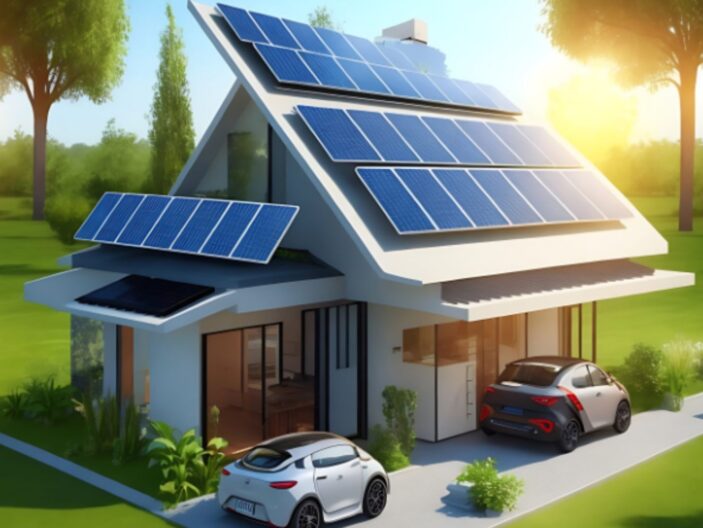Curious about solar panels and how they work? Interested in installing them at home to lower your electricity bills and reduce your carbon footprint?
We’ll explore the different types of solar panels, the benefits of having them at home, and the step-by-step process of installation. We will discuss how to maintain and troubleshoot your solar panels to ensure they are working efficiently.
If you’re ready to harness the power of the sun, keep reading to learn more!
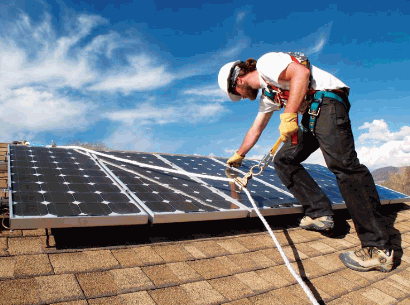
What Are Solar Panels?
Solar panels are devices designed to convert sunlight into energy by utilizing photovoltaic (PV) cells, which are the core components of these panels, and companies manufacture various types of PV modules to harness solar energy efficiently.
These panels are typically made of multiple PV cells connected in series and parallel to form a solar array. When sunlight hits the PV cells, it creates an electric field that generates direct current (DC) electricity. This electricity is then converted into alternating current (AC) through an inverter, making it usable for households and businesses.
Solar panels play a crucial role in renewable energy systems by providing clean and sustainable power while reducing carbon emissions. They are essential in the global shift towards greener energy sources.
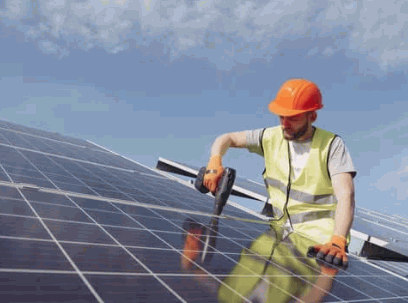
How Do Solar Panels Work?
Solar panels work by absorbing sunlight through photovoltaic cells, which then convert this light into direct current (DC) electricity; this process involves several key components, including a charge controller and an inverter to manage and convert the energy.
After the photovoltaic cells absorb sunlight, they create an electric current by freeing electrons in the semiconductor material. The charge controller plays a crucial role in regulating the voltage and current from the solar panels to ensure the batteries are charged efficiently without overcharging. On the other hand, the inverter is responsible for converting the DC electricity generated by the panels into alternating current (AC), which is the standard form of electricity used in homes and businesses.
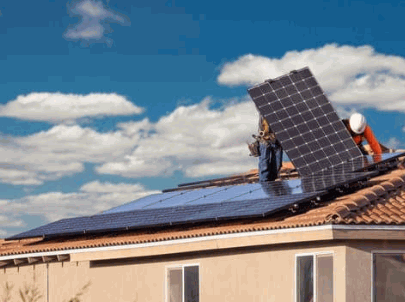
What Are The Types Of Solar Panels?
There are various types of solar panels available in the market, each with distinct characteristics and advantages, including Monocrystalline, Polycrystalline, and Thin-Film solar panels; these types differ in terms of efficiency, cost, and application.
Monocrystalline Solar Panels
Monocrystalline solar panels are known for their high efficiency and long lifespan, making them a popular choice
despite their relatively higher cost compared to other types.
Monocrystalline panels have a higher efficiency rate of up to 22%, converting more sunlight into energy. This means they require less space for installation, making them ideal for installations with limited space such as rooftops.
Their durability is a significant advantage as they can last for over 25 years with minimal maintenance required. The initial investment may be higher, but the long-term savings in energy costs and the increased property value make them a worthwhile investment.
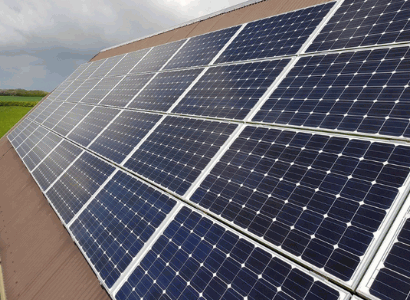
Polycrystalline Solar Panels
Polycrystalline solar panels are a cost-effective alternative to Monocrystalline panels, offering moderate efficiency levels and being easier to manufacture.
One of the key benefits of Polycrystalline panels is their lower cost per watt compared to Monocrystalline panels, making them an attractive option for those looking to invest in solar energy without breaking the bank. Polycrystalline panels have a good performance in high-temperature conditions, which is beneficial in hot climates.
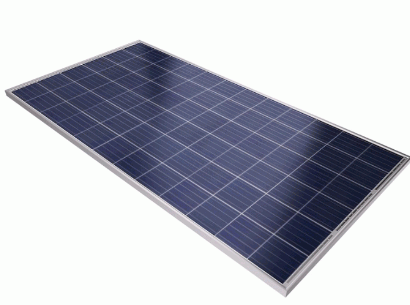
Thin-Film Solar Panels
Thin-film solar panels are characterized by their lightweight and flexible design, making them suitable for a variety of applications where traditional rigid panels may not be practical.
Due to their flexibility, Thin-Film panels can be easily integrated into curved surfaces, allowing for more creative and versatile installations compared to Monocrystalline and Polycrystalline panels. This makes them ideal for applications such as solar rooftops, portable chargers, and vehicles.
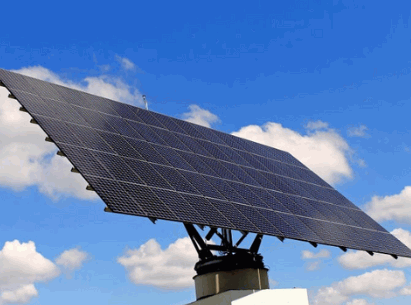
What Are The Benefits Of Installing Solar Panels At Home?
Installing solar panels at home offers numerous benefits, including reducing electricity bills, decreasing carbon footprint, and providing a reliable source of renewable energy, making it an environmentally and economically sound investment for homeowners.
Lower Electricity Bills
One of the primary benefits of installing solar panels is the significant reduction in electricity bills, as solar energy provides a free and abundant source of power for your home.
By harnessing the sun’s energy, solar panels can substantially decrease energy costs over time. These cost savings can be particularly noticeable in regions with ample sunlight, where households can generate surplus electricity and even sell it back to the grid through net metering programs.
For instance, in California, where solar power is widely adopted, homeowners can potentially save thousands of dollars annually on utility bills. The initial investment in solar panels is often recouped within a few years, leading to long-term financial benefits.
Environmentally Friendly
Solar panels are an environmentally friendly energy solution, as they harness renewable energy from the sun and help reduce greenhouse gas emissions and dependence on fossil fuels.
By converting sunlight into electricity, solar panels play a vital role in promoting sustainability. The energy produced by solar panels is clean and renewable, making them a key player in reducing the harmful impact of traditional energy sources on the environment. In addition, solar panels contribute to the reduction of carbon footprint by generating electricity without emitting any pollutants or greenhouse gases. This not only benefits the environment but also helps in creating a more sustainable future for generations to come.
Reliable And Low Maintenance
Solar panels are known for their reliability and low maintenance requirements, with durable PV modules that can last for decades with minimal upkeep.
One of the key factors contributing to the longevity of solar panels is their simple design, consisting of solid-state components that have no moving parts, reducing the risk of wear and tear over time. Most reputable solar panel manufacturers offer warranties ranging from 20 to 25 years, ensuring that the panels will continue to function effectively for many years.
Regarding maintenance, the main task involves keeping the panels clean to optimize sunlight absorption. Generally, a simple rinse with water a few times a year is sufficient to remove any debris or dirt that may accumulate on the surface. This effortless upkeep makes solar panels an attractive energy solution for homeowners and businesses seeking sustainable and hassle-free electricity generation.
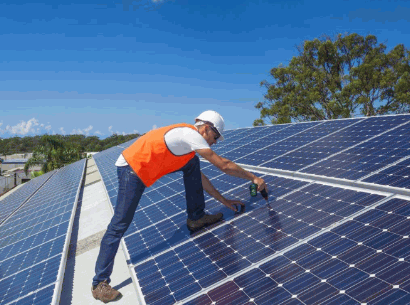
What Are The Steps To Install Solar Panels At Home?
Installing solar panels at home involves a systematic process that includes assessing your energy needs, selecting the appropriate location, setting up the mounting system, and connecting the solar panels and other essential components such as inverters and batteries.
Determine Your Energy Needs
The first step in installing solar panels is to accurately determine your home’s energy needs, which will help in selecting the right size and type of solar system for your requirements.
One effective way to assess your energy consumption is by analyzing your past electricity bills. Look at your historical usage patterns to identify peak usage times and total monthly consumption.
Comparing these figures with your lifestyle changes and energy-efficient upgrades can provide insight into your current energy needs. Consider your future energy requirements by thinking about any upcoming changes such as adding new appliances or expanding your living space.
Choose The Right Location
Choosing the right location for your solar panels is crucial for maximizing energy production; typically, this involves selecting a roof area or ground space that receives optimal sunlight throughout the day.
One key factor to consider when determining the best location for your solar panels is the sunlight exposure. The panels should ideally be placed where they can capture the most sunlight, usually facing south in the Northern Hemisphere or north in the Southern Hemisphere. The roof angle plays a vital role in maximizing energy generation; the angle should be optimized based on the geographical location to ensure the panels receive sunlight most efficiently. Another critical aspect is to assess any potential shading from nearby objects like trees, buildings, or even chimneys, as shading can significantly reduce the panels’ effectiveness.
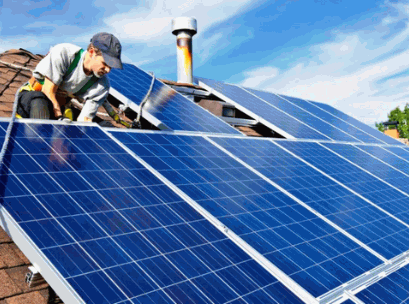
Install The Mounting System
The next step involves installing the mounting system, which typically consists of a sturdy solar mounting structure affixed to your roof or ground, providing a secure base for the solar panels.
There are different types of mounting structures available, such as roof mounts, ground mounts, and pole mounts, each catering to specific installation needs and site conditions.
Ensuring a stable and secure installation is crucial to maximizing the efficiency and longevity of your solar panel system. Properly securing the mounting system helps prevent any potential damage from high winds, heavy snow loads, or other external factors. A secure installation minimizes the risk of leaks and structural issues that could compromise the integrity of your roof or property.
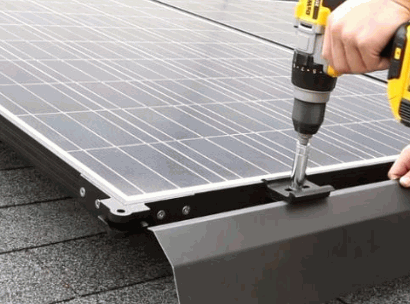
Connect The Solar Panels
Once the mounting system is in place, the solar panels are connected using MC4 connectors and appropriate wiring to ensure a secure and efficient energy flow.
MC4 connectors play a crucial role in simplifying the connection process by providing a reliable and waterproof seal. To begin, carefully strip the insulation from the solar panel wires, exposing the conductors. Next, insert the stripped ends of the wires into the appropriate slots on the MC4 connectors, ensuring a snug fit. Once the connections are secure, use a specialized tool to tighten the locking mechanism, creating a watertight seal.
Connect The Inverter
The inverter is connected to the solar panels to convert the direct current (DC) produced by the panels into alternating current (AC) electricity, which is used by most home appliances.
In a solar energy system, the inverter plays a crucial role in ensuring that the electricity generated by the solar panels is compatible with the electrical grid and can power household devices.
Connecting the inverter involves linking the positive and negative leads of the solar panels to the corresponding terminals on the inverter. It is essential to do this carefully to prevent any short circuits or damage to the system.
Once the solar panels are properly connected to the inverter, the next step is to connect the inverter to the home’s electrical system. This usually requires a certified electrician to ensure compliance with local regulations and safety standards.
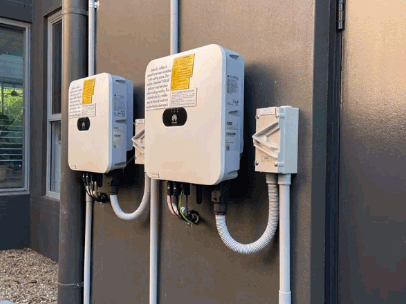
Connect To The Electrical Grid
The final step in the installation process involves connecting your solar system to the electrical grid, which may require obtaining permits and coordinating with your utility company to ensure compliance and safety.
Connecting your solar system to the electrical grid is a crucial phase that involves various important steps. You will need to secure the necessary permits from the local authorities to ensure that your installation meets the building and safety codes.
Once all the permits are in place, the next step is to schedule inspections to verify that the system is installed correctly and complies with regulations. During this process, you will work closely with your utility company to coordinate the final connection to the grid.
The utility company will perform its own inspections to ensure the system is safely connected and will start generating clean energy for your home or business. This collaborative effort between you, the local authorities, and the utility company is essential to successfully integrate your solar system into the grid and start benefiting from renewable energy.
How To Maintain And Troubleshoot Solar Panels At Home?
Maintaining and troubleshooting solar panels at home involves regular cleaning, monitoring energy production, and addressing any issues that arise to ensure the system operates efficiently and effectively.
Regular Cleaning And Inspection
Regular cleaning and inspection of your solar panels are essential to maintain their efficiency, as dirt and debris can obstruct sunlight and reduce energy production.
It is recommended to clean your solar panels at least twice a year, more frequently if you live in an area with heavy pollution or frequent dust storms. Utilizing a gentle soap solution and a soft sponge or cloth can help remove dirt without scratching the panels. Be sure to rinse thoroughly to prevent any residue buildup.
- When inspecting, look for any signs of damage such as cracks or corrosion on the panels. Loose connections or wiring issues should also be checked regularly.
- Consider investing in a solar panel cleaning kit that includes a squeegee and extension pole for hard-to-reach areas.
Learn more: Do Solar Panels Need Cleaning
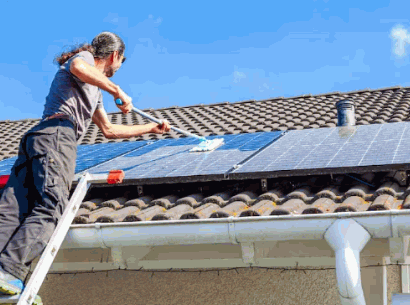
Monitoring Energy Production
Monitoring energy production is crucial to ensure your solar panels are functioning optimally; this involves keeping track of the system’s performance and addressing any noticeable drops in efficiency.
An effective method for monitoring energy production is through the use of solar monitoring software. This software allows you to collect real-time data on your system’s output, ensuring it matches the expected values. You can utilize monitoring devices like energy meters and sensors to track energy production. Analyzing this data can help you identify potential issues such as shading from nearby structures, wiring problems, or equipment malfunctions, allowing you to take timely action to resolve these issues and maximize energy efficiency.
Identifying And Fixing Issues
Identifying and fixing issues promptly is key to maintaining the efficiency of your solar panels; common problems can include wiring issues, inverter malfunctions, or shading from new obstructions.
Regular inspection and cleaning play a crucial role in preventing or addressing these issues. Make sure to check for loose connections and damaged wires regularly as they can disrupt the flow of electricity. If you notice any shading on your panels, consider trimming trees or removing objects that block sunlight. Scheduling routine maintenance with a qualified professional can help uncover hidden problems and ensure your solar system operates optimally for years to come.
